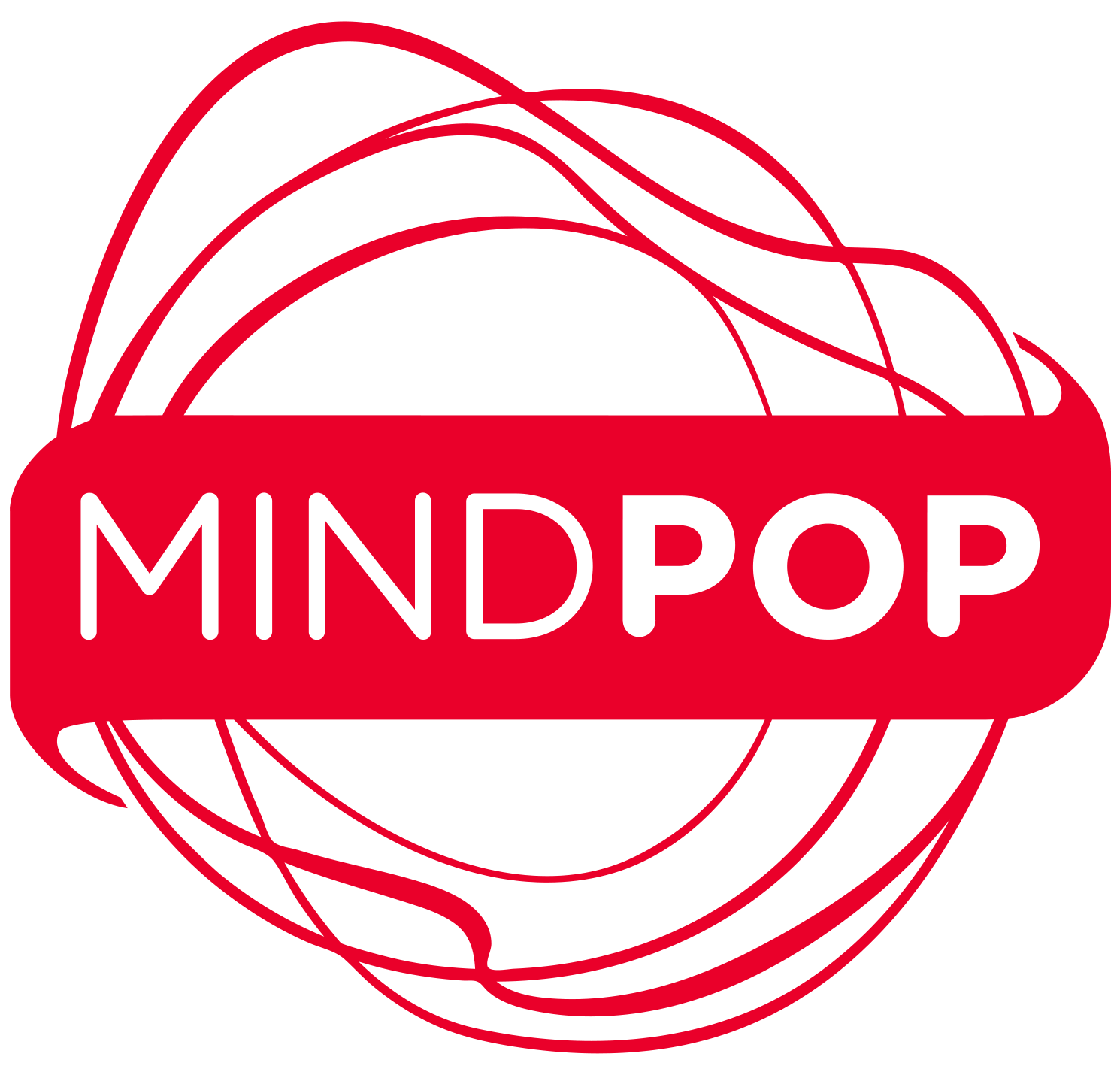2015–2016 Creative Learning Initiative Annual Report
Conclusions & Recommendations
Data presented in this report linked positive outcomes for AISD with the implementation of CLI. CLI community-wide efforts to empower students through creative learning and the arts projects a bright image of Austin. The initiative is driving the district toward the goal of 100% creative campuses. The data indicated that creative campuses have a positive impact on students, who were more likely to engage in or attend the school if their campus had a greater creative campus score.
CLI brought equity to arts access for all students, helping to close the arts-richness gap between Title I and non-Title I schools. Furthermore, the program enabled Title I campuses to increase students’ access to arts opportunities provided by the arts partners.
When compared with non-CLI campuses, CLI campuses:
Were 10 times more likely to be arts rich (which is the highest creative campus stage)
Offered students access to more art forms
Built more arts partners in all art forms
CLI teachers reported that professional development activities increased their capacity to implement creative teaching, but more importantly, they noticed positive changes in their overall teaching practices. Teachers who had CLI coaching support tended to use creative teaching more frequently than did those who did not have coaching support.
Using creative teaching strategies more frequently is critical for teachers to master the content knowledge of creative teaching strategies and develop their competency in implementing them. Our data implied that teachers’ concern about time management could be decreased if they became more involved in the program.
Moreover, students were more likely to attend the school when their teachers used creative teaching strategies more frequently. Not surprisingly, findings also showed that students were more likely to attend the school when their teachers were more competent in implementing creative teaching strategies.
In addition, teachers’ competency in implementing creative teaching strategies demonstrated a positive relationship with students’ SEL skills and their academic achievement. Students were more likely to have better SEL skills when their teachers were more competent in implementing creative teaching strategies. Students were more likely to meet the STAAR passing standard in reading and to meet the advanced passing standard in both reading and math when their teachers were more competent in implementing creative teaching strategies.
Challenges associated with the implementation of CLI, along with the positive relationship between teachers’ practices and student achievement, provide some direction for future program refinement.
Increased access to fine arts instruction. Elementary schools across the district continued to face limited access to regular and sustained theater, dance, and media arts instruction. We recommend that the program focus on providing more avenues for students to receive instruction in these art forms.
Increased access to coaching support. Teachers expressed a desire for more access to coaching support and model lessons that integrate creative teaching strategies. More effective and reliable coaching schedules would be helpful for teachers to plan their lessons, to obtain feedback, and to sustain their implementation. Teachers would have more reflective learning experiences and therefore develop their competency with creative teaching strategies, because they would have more opportunities to get ideas or model lessons from coaches. Moreover, our data regarding the impact of coaching support on teachers’ use of creative teaching emphasized the effectiveness of coaching support. Therefore, we recommend that the program focus on providing more avenues for teachers to receive coaching support.
Increased opportunities for collaboration. Because teachers expressed their desire to collaborate with other instructors in implementing creative teaching, the program should create more opportunities for collaborative work. The leaders of the initiative should explore ways to create a more collaborative environment in which teachers share practices, help their colleagues in their implementation of creative teaching, and familiarize other instructors with the progress of their implementation of creative teaching.
Increased understanding of why the creative teaching strategies work for students. If teachers know how to implement creative teaching strategies well, they will be more likely to understand why the creative teaching strategies work for their students. Results here, in conjunction with earlier CLI analyses (Wang, Christian, & Hasty, 2016), indicate that teachers desired to know more about students’ attitudes toward creative teaching and how to engage students in creative teaching. This finding suggests teachers were interested in improving their use of creative teaching to benefit students. We recommend that coaches spend more time teaching teachers about student learning developed through creative teaching strategies. Additional research is needed to understand the specific impacts of individuals’ strengths.
More support for increasing the use of creative teaching strategies. Teachers’ competency in using creative teaching strategies continued to be a predictor of student attendance and academic achievement. Therefore, we recommend the program provide more opportunities for teachers to increase their proficiency and use of creative teaching strategies through more professional development activities and coaching support, as well as increased expectation for use of these strategies.
More support for arts partnerships. Relatively few elementary campuses across the district were able to meet the two partnership per grade level standard. Elementary campuses developed more arts partners in grades 3 through 5 than in lower grade levels, therefore, additional support may be needed to develop partnerships in lower grade levels.
At the secondary level, partnerships were particularly challenged in every art form except music and theater. Even though the number of arts partnerships at these campuses nearly doubled over the past year, the ratio of arts partners to students was far lower at the secondary level than at the elementary level.
We recommend additional support for equitable access across school levels. At both levels, additional research should be conducted to understand the relationships between the length and types of partnerships and teacher and student outcomes.
